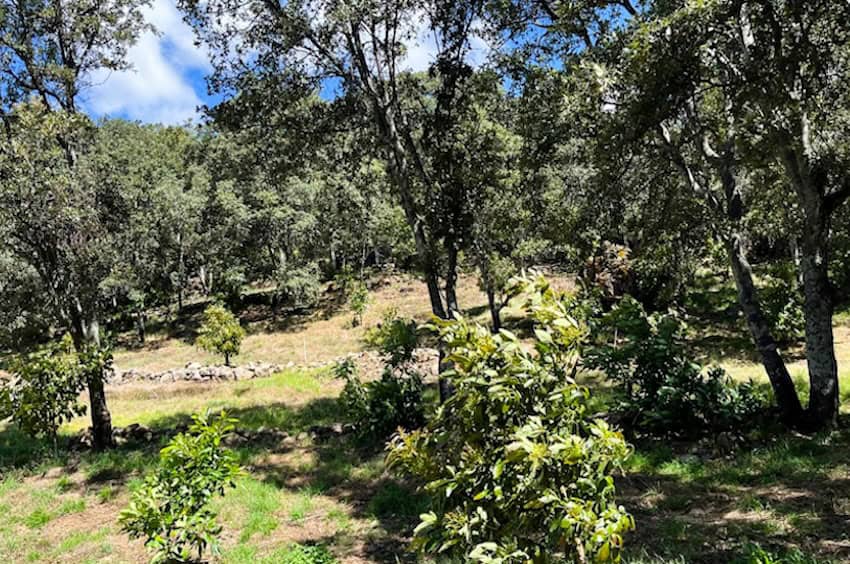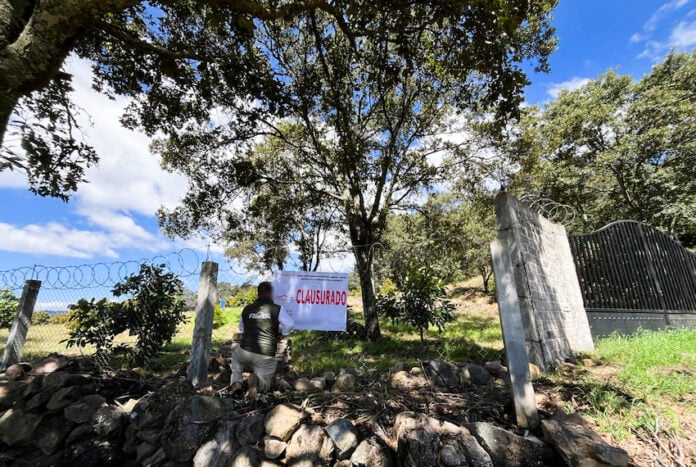Mexican authorities closed off five hectares within a protected biosphere reserve after discovering illegal logging had taken place and unauthorized orchards had been planted.
After receiving a complaint last week regarding logging and land use violations, the Federal Attorney for Environmental Protection (Profepa) inspected a property in the influence zone of the Monarch Butterfly Biosphere Reserve in the state of Michoacán.

Within the ejido property in the municipality of Contepec, Profepa agents detected an avocado orchard comprising roughly 500 avocado plants between 0.80 and 1.80 meters tall and several lime trees on land designated as protected forest land.
Inspectors verified the damage to the oak-pine forest ecosystem in this 2.2-hectare area of the property, identifying 12 oak tree stumps that represent an estimated total volume of 3,616 cubic meters of wood.
In another area measuring 2.82 hectares in the upper part of the forest, Profepa agents counted approximately 470 avocado plants.
As the tree stumps did not have official markings identifying the responsible logging company, Profepa said in a press release, it determined that illegal logging had taken place and took appropriate action.
In a statement posted on X, Profepa confirmed the total temporary closure of both areas within the El Rincón section of the ejido because of “unauthorized timber harvesting and land use violations.”
“Due to the imminent risk of ecological imbalance, the closure of the affected surface area … was carried out,” it said. “Profepa works to ensure the protection and conservation of the monarch butterfly’s habitat, a natural heritage of Mexico and the world.”
The affected area is located within a designated “area of cooperation” on the western edge of the butterfly reserve, one of the 232 Protected Natural Areas in Mexico.
The Monarch Butterfly Biosphere Reserve — comprising an area of 56,259 hectares about 100 kilometers northwest of Mexico City — was declared a federally protected natural area in 2000.
The reserve — also a UNESCO World Heritage Site — straddles the Michoacán-México state border and is one of the primary overwintering sites of the eastern population for this species. Millions of butterflies (Danaus plexippus plexippus) arrive in the reserve during their annual migration, which lasts from October through March.
The vegetation that predominates in the reserve consists of coniferous and oak forests, according to the National Commission of Natural Protected Areas (Conanp).
The forests of pine and drought-resistant oyamel fir trees produce microclimates that provide shelter for the butterflies when temperatures fall to freezing and/or when winter rains occur.
With reports from Animal Político, Excelsior and La Jornada
